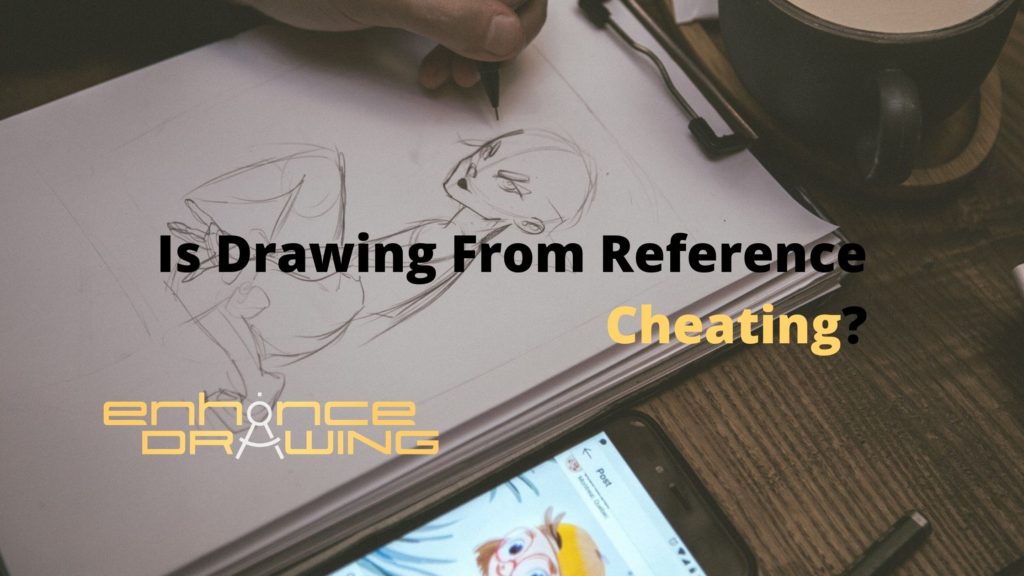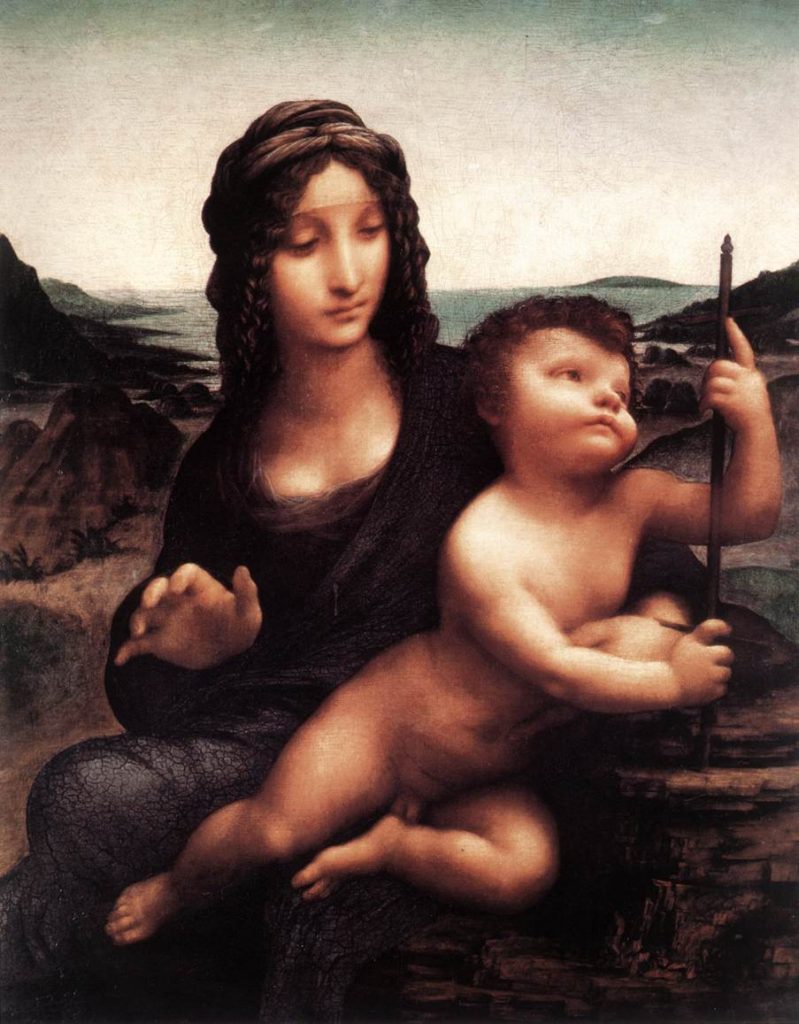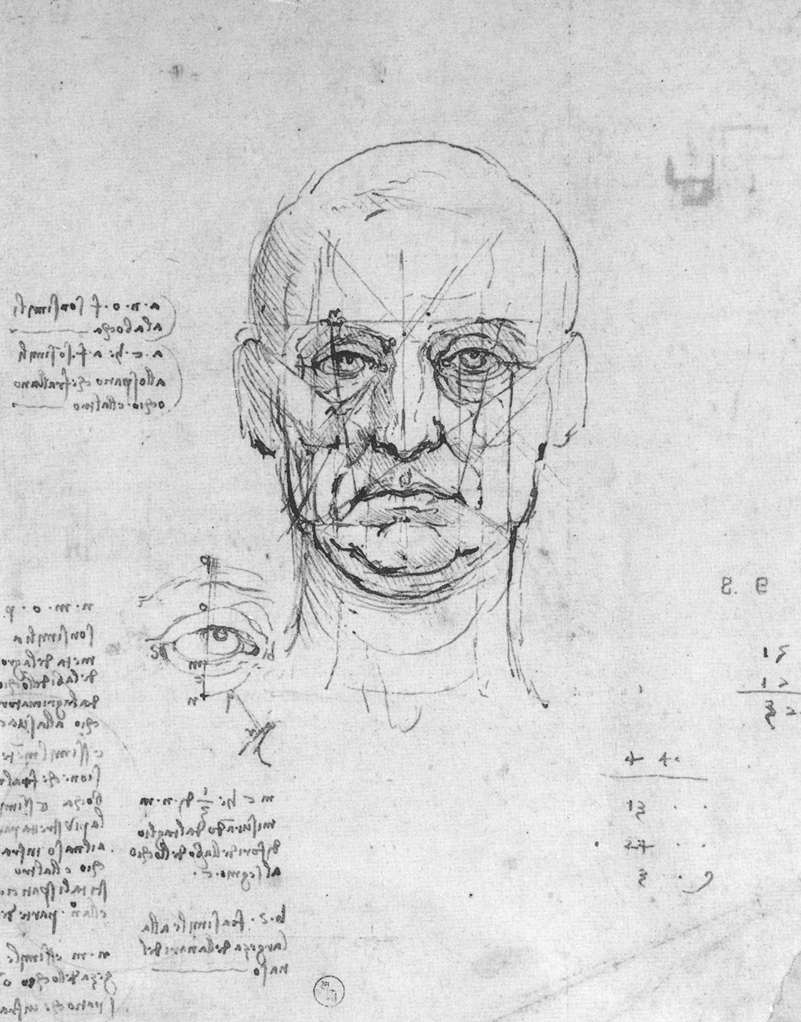
I haven’t yet met a beginner artist that doesn’t ask if drawing from reference is cheating, including me. It looks like an artist’s urge to draw something that is solely hers. But simply put, here’s the answer:
Drawing from reference is not cheating. In fact, most art schools require drawing from reference to improve the artist’s drawing skills. Drawing references can help artists compare and measure their progress, as well as get inspiration to create new drawing ideas.
But why are there so many people who think drawing from reference is cheating? The reasons are outrageous.
Why Do People Think Drawing From Reference Is Cheating?
The popularity and controversy of this topic amuses me. Mostly because when you think about it logically, how else can you learn to draw if you don’t have any reference to compare your drawings and see if you’re doing it well?
Imagine those people’s reactions if Leonardo da Vinci told them that the reference from Madonna of the Yarnwinder was Virgin Mary.
Some reasons people think drawing from reference is cheating are:
- 1- Lack of knowledge: Most people who think drawing using references is cheating are the people who know very little or nothing about art.
- 2- People think it is bad. Not only do they believe drawing from reference is cheating, but they also consider it a bad practice. These people are narrowing the scope of art and going against all professional advice. If people want to draw horses, they have to study horses.
- 3- They do not consider art something that already exists. First of all, any creation is art, regardless of whether you created it from reference or memory. Second, copying someone’s art is a great way to learn and discover the artist through their strokes.
But instead of listening to people that may not know much about drawing and art, what if we ask the real pros?
Do Real Artists Use References When Drawing?
Yes indeed. Almost any professional drawing artist uses references to draw, study, or find new ideas. In the end, art is about creativity, and creativity comes when you have many references in your mind to combine ideas. As we mentioned above, Leonardo da Vinci was, without doubt, a real artist, and he drew The Madonna of Yarnwinder using Virgin Mary as a reference.

You will find artists that don’t use references for some of the art they produce, but that’s a consequence of years of studying and using references. See, there’s a point any drawing artist can reach if they draw and study enough, and that point is when you acquire your visual library. You will have used references to draw the same drawing so many times your brain will store them so well you can draw them again without looking at more references.
Take, for example, a comic artist whose task is to continue the superman comic. He will first have to take references from past drawings to draw his own, but he will eventually be able to draw superman with any expression or pose. And that can also happen when an artist creates his own character.
I think many people believe using references is bad because when they see the artists they admire, they don’t seem to be using references. But if you ask them how they reached that point, they will tell you references were very important and probably also tell you they are still using them.
Should I Draw From Reference?
We now know using art references is not cheating, and I consider you can use them all you want to improve your drawing skills drastically. I have plenty of friends in art college who always tell me that if your goal is to learn to draw better, not using references for your drawings is almost a sin. Drawing studies are critical to developing your understanding of how things are in reality.
Every person has a unique way of seeing the world, and that’s why there are so many drawings that don’t quite capture what the artist intended. But when you study an object, you start to understand why it doesn’t look how you see it in your mind, helping you develop an eye for detail.
“Everything has its beauty, but not everyone sees it.”
-Andy Warhol.
So, if you want to learn to see like an artist, there’s just no other way than looking at references. Stop thinking it is wrong; drawing is something you should always enjoy.
How Do Artists Use References To Improve Their Drawings?
Plain and simple, artists use references in two different ways: make studies or get inspiration.
1- Making a drawing study: Here, the focus is to understand what you’re drawing. To do it, you make a study of it. You can do it by measuring your reference image or drawing the image, but in both cases, you’re questioning what makes the picture look the way it looks.
For example, let’s say you’re making a drawing study of a face, using the picture below:

Your focus is to see what makes it a face, so if you look at it enough, you may start to see the distance between the eyes is another eye and that the edges of the lips connect with the nose and where the ears start. You can make any connection you think will help you draw faces better, and the more face references you see, the more dots you will connect.
2- Get inspiration: As human beings, it is easy to fall into the comfort zone without noticing it, and that also happens when drawing. We artists tend to draw the same thing over and over again when we’re out of ideas. Fortunately, we have references. Use references for poses, backgrounds, hairstyles, or anything you like; you can also combine as many as you want to create new things.
You can use the reference to draw it exactly as you see it or draw it your way. The fantastic thing about references is how they make you create drawings you’ve never thought of before.
In the end, any drawing you make is a reference to something you have seen at some point in your life.
When Don’t Drawing Artists Use References?
In short, drawing artists don’t use references when they have already seen plenty of them and have years of drawing practice in their backs. But not using references only applies when you’re drawing something you studied and know very well.
Let’s say you thrive at drawing lions. You know them so well you don’t need to see any picture of them to draw them perfectly, but then someone requests you to illustrate an elephant, and you have zero experience drawing them. You have probably seen many elephants in your life, but maybe not enough to sketch them from memory accurately. So unless you can close your eyes, start dreaming about elephants and wake up remembering everything, you will have to see a reference of an elephant that is not in your mind.
As a great artist once said:
“If people knew how hard I worked to get my mastery, it wouldn’t seem so wonderful at all.”
-Michelangelo
Drawing From Reference Vs. Drawing From Imagination
Rather than a comparison between the two, I think both concepts are deeply connected. Mostly because drawing from imagination is particularly hard when you don’t have enough references or skill.
When you draw from reference, you have a complete idea of what you’re going to illustrate, and that makes it easier from a creative point of view. Still, the drawing skills you need to draw it accurately are high. If you have tried it yourself, you know it is not an easy task.
And if you think that’s hard, now try to do the same but from your imagination. This skill is something entirely different, but you can learn it with time. To teach your mind to draw your thoughts, you need to give it tools, and those tools are references.
I’m not saying drawing from imagination is not possible if you don’t meet specific requirements. In fact, I’m all in about drawing anything and enjoy the process. What I want you to get from this post is that any tool you need to improve your drawings is valid, and I encourage you to use them.
Happy drawing you all!
